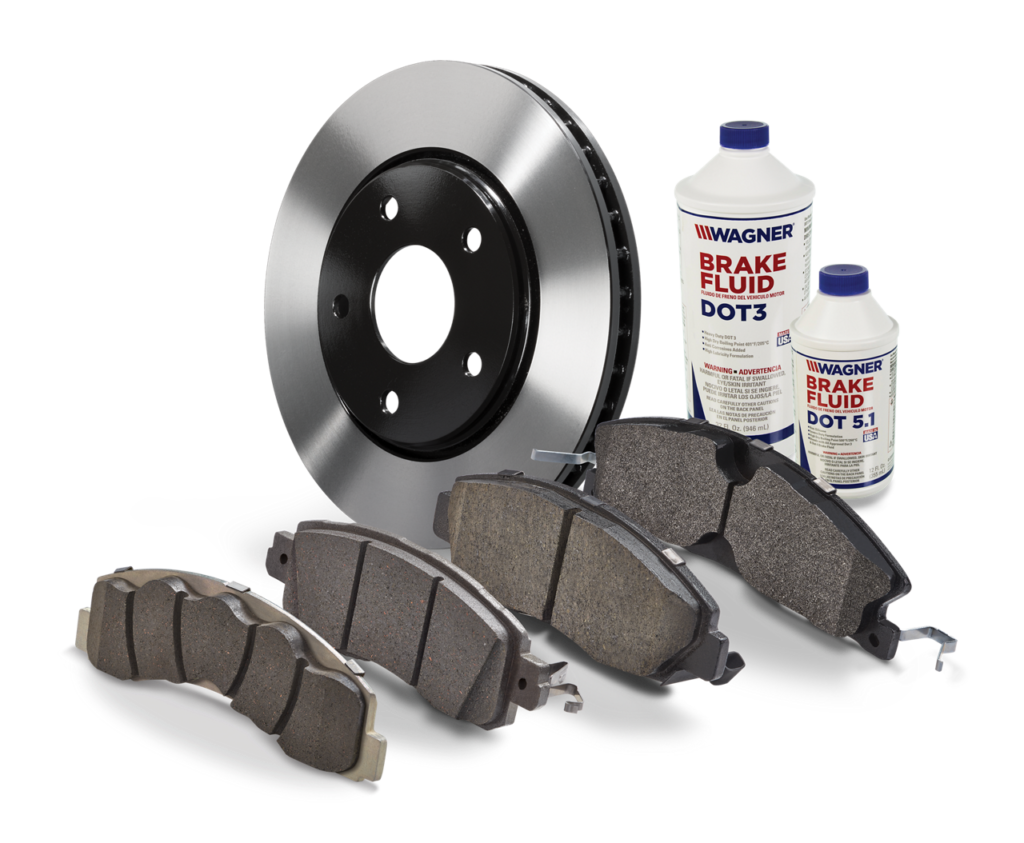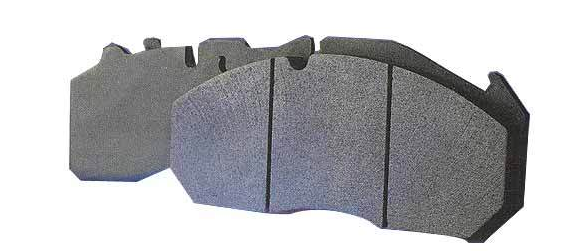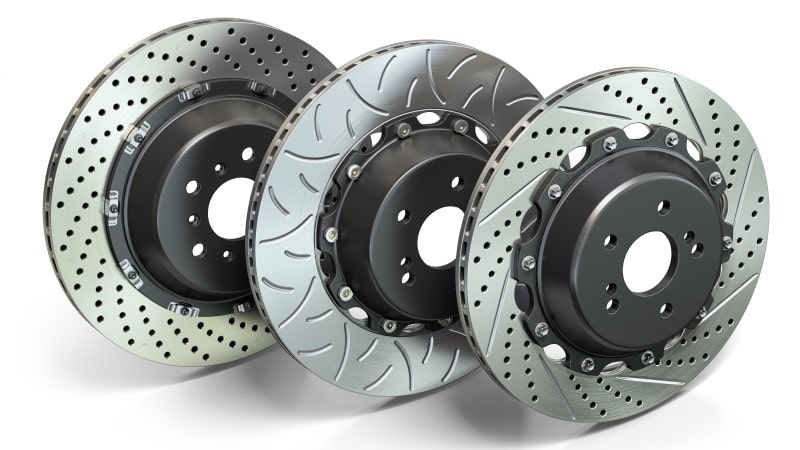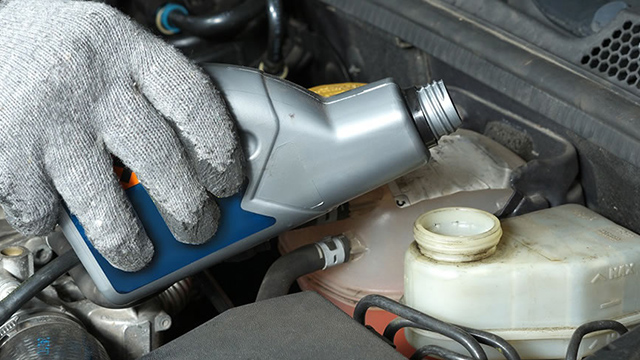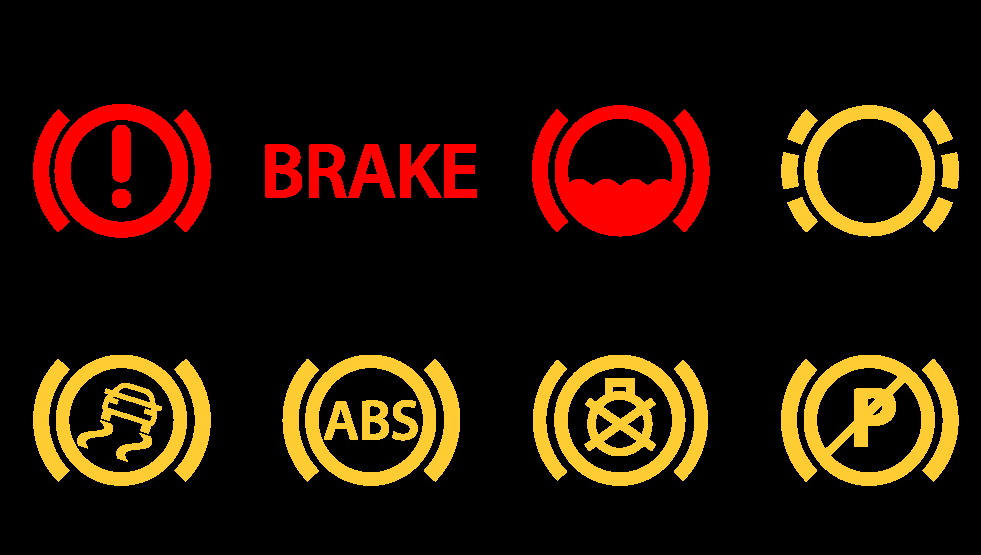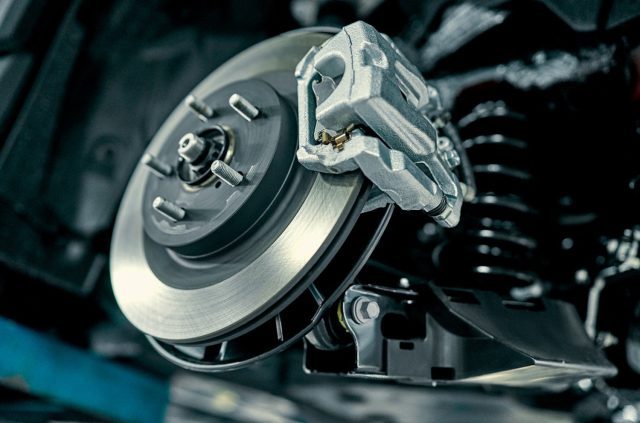
Similar Posts

Rear-View Mirrors: The Unsung Heroes of Safe Driving
Sharing is CaringWhen you think of vital car parts, the rear-view mirror might not be the first that comes to mind. Yet this small piece of glass is one of the most important safety tools on your vehicle. Whether you’re backing into a parking spot, changing lanes, or monitoring traffic, your rear-view mirror plays a…
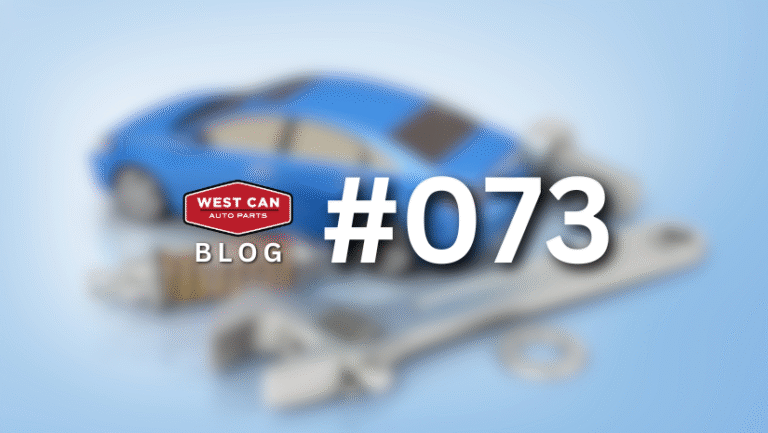
Smart Engine Care: Key Parts That Keep Your Vehicle Running Longer
Sharing is CaringYour car’s engine is the heart of your vehicle, and just like any heart, it needs proper care to keep beating strong. With the right maintenance, many engines can last well beyond 300,000 miles. But when neglected, even the toughest engines can fail prematurely—leading to costly repairs or, worse, complete replacement. The good…

Classic vs. Modern: Auto Parts That Changed the Way We Drive
Sharing is CaringThe automotive industry has always been a reflection of innovation. From the earliest cars with purely mechanical systems to today’s vehicles filled with sensors and electronics, auto parts have continuously evolved to enhance performance, safety, efficiency, and comfort. This journey from classic parts to modern technology has not only reshaped how vehicles operate…
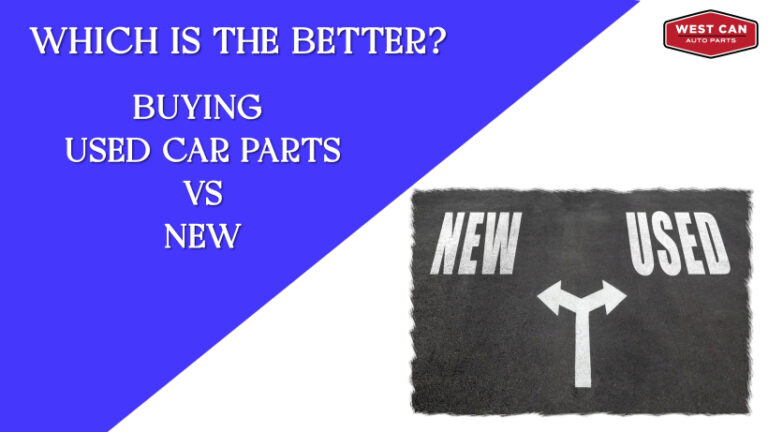
Buying Used Car Parts vs. New: Which is the Better Choice for Your Vehicle?
Sharing is CaringWhen your vehicle needs repairs or upgrades, deciding between new and used car parts can be challenging. Both options have distinct advantages, and the right choice often depends on your priorities—whether it’s cost savings, performance, or longevity. This guide compares the pros and cons of each to help you make an informed decision…

Is Your Engine Overheating? 5 Signs Your Water Pump Is Failing
Sharing is CaringWhy the Water Pump Matters Your vehicle’s water pump plays a crucial role in maintaining proper engine temperature. It circulates coolant from the radiator to the engine block and back again, preventing overheating. In cold Canadian climates or during summer road trips, a well-functioning water pump is essential to keeping your engine running…
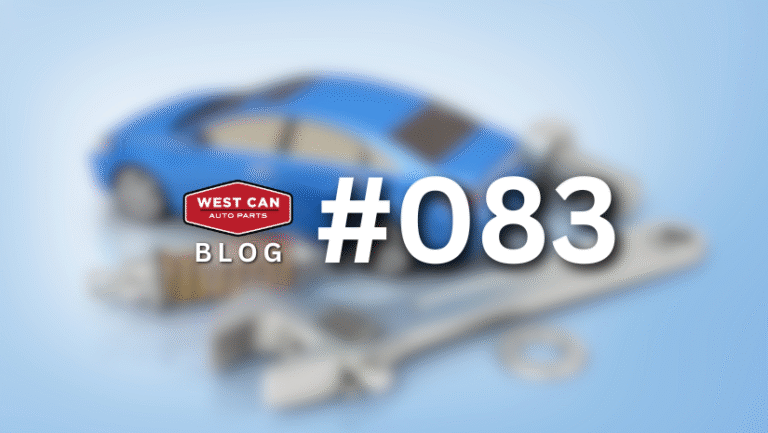
Keep Your Toyota Corolla in Top Shape: Smart Maintenance & Replacement Guide
Sharing is CaringThe Toyota Corolla has earned its reputation as one of Canada’s most dependable and fuel-efficient sedans. But even a car known for reliability needs care — especially when faced with harsh Canadian winters, road salt, and long commutes. Whether you’re preparing for snow, doing a quick DIY inspection, or simply trying to extend…


